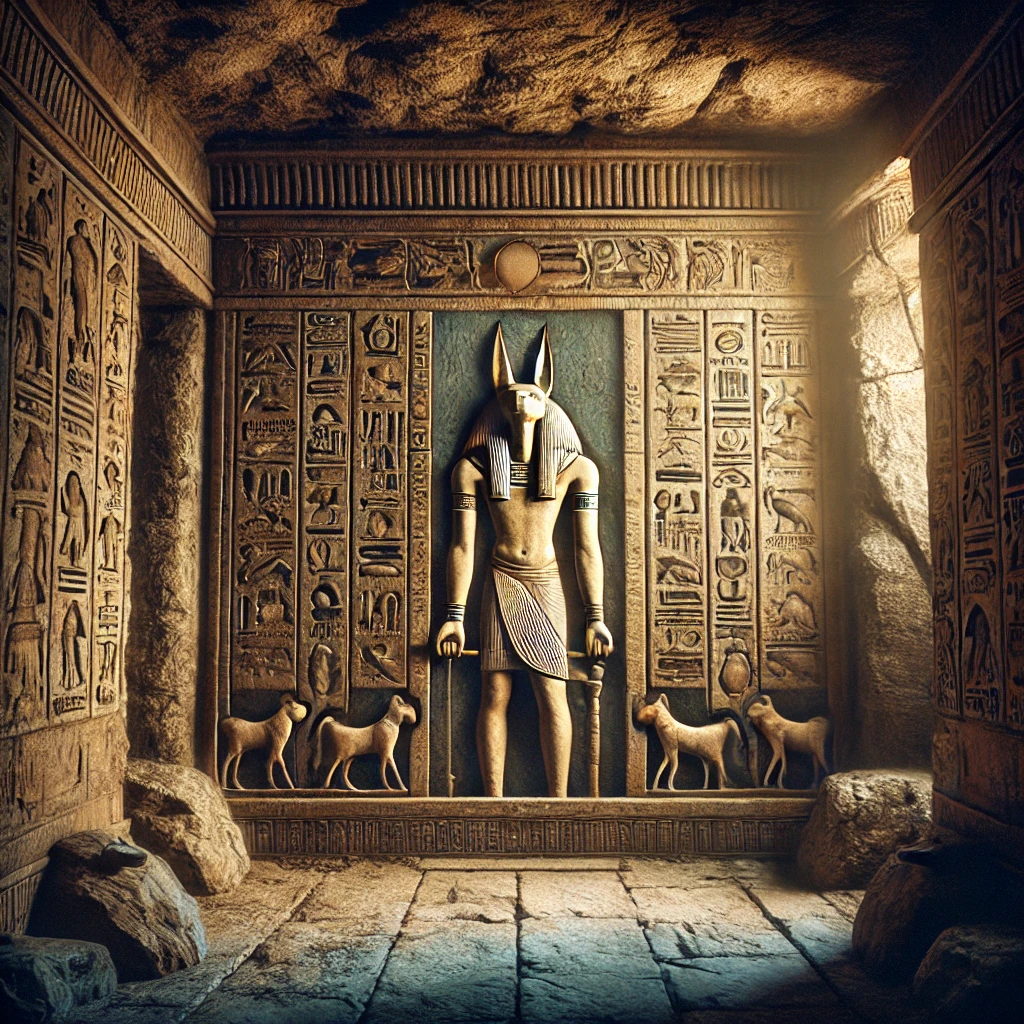The concept of curses in ancient Egypt, particularly during the Old Kingdom (c. 2686–2181 BCE), is tied to religious beliefs and practices surrounding the afterlife and the sanctity of tombs. While the term “curseology” is modern, we can explore how curses, or protections against intruders and desecrators, were woven into the Old Kingdom’s funerary culture.
1. Origins of Curses and Protective Magic
- Ancient Egyptians had a profound belief in the afterlife and the need to protect the deceased’s journey to the next world. Tombs were considered sacred spaces that needed protection from the living, particularly grave robbers.
- Early forms of protective magic included spells, amulets, and images that were thought to ward off evil forces and preserve the ka (spirit) of the deceased.
2. The Role of Hieroglyphic Texts and Curse Formulas
- During the Old Kingdom, hieroglyphic inscriptions began to include statements warning intruders of potential divine retribution. These texts are among the earliest known examples of what we now refer to as “curses” in ancient Egypt.
- An inscription might call upon gods, like Osiris or Anubis, to punish anyone who desecrates the tomb. Some curses threatened the violator with disease, loss of status, or suffering in the afterlife.
- Unlike curses aimed at causing harm for personal or petty grievances, these were preventative. The texts discouraged tomb robbery, which was considered an affront to the deceased and the gods.
3. Architectural and Magical Defenses
- Pyramids, tombs, and mastabas were designed with hidden chambers and false doors to mislead intruders, serving as both physical and metaphysical protections.
- Many tombs contained depictions of deities and guardians who were thought to protect the tomb’s contents. Images of ferocious animals or supernatural beings, like the god Bes, may have served to intimidate potential violators.
4. Notable Examples and Cultural Influence
- Although the Old Kingdom’s curses were generally less elaborate than those in later periods, there are recorded warnings, such as those found in the tombs of high-ranking officials. One well-known example is from the tomb of the priest Harkhuf, which includes a plea to be left undisturbed to achieve a peaceful afterlife.
- Over time, these protective inscriptions influenced later Egyptian tombs, including those of the Middle and New Kingdoms, where the idea of the tomb curse became more complex and prevalent.
5. Enduring Belief and Legacy
- The concept of curses and protective magic continued throughout ancient Egypt’s history, evolving with each dynasty. The fear of curses became deeply rooted in Egyptian burial culture, influencing tomb construction, funerary rituals, and popular beliefs about the afterlife.
- These curses were part of a broader framework of Egyptian spirituality, which emphasized respect for the dead, the sanctity of tombs, and the fear of divine retribution.
In summary, the Old Kingdom laid the foundation for the concept of curses as protectors of the dead and as a deterrent for desecrators, establishing a practice that would grow in complexity throughout Egyptian history.
